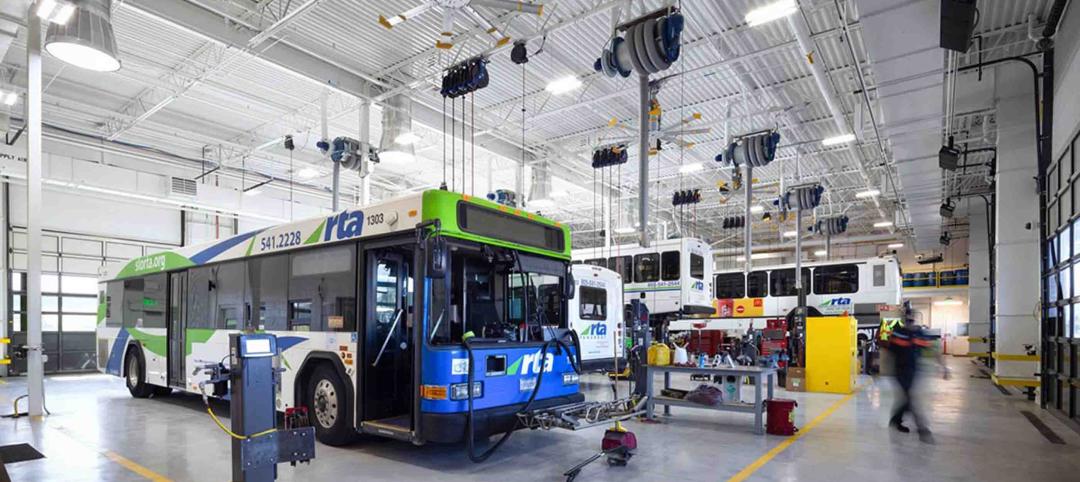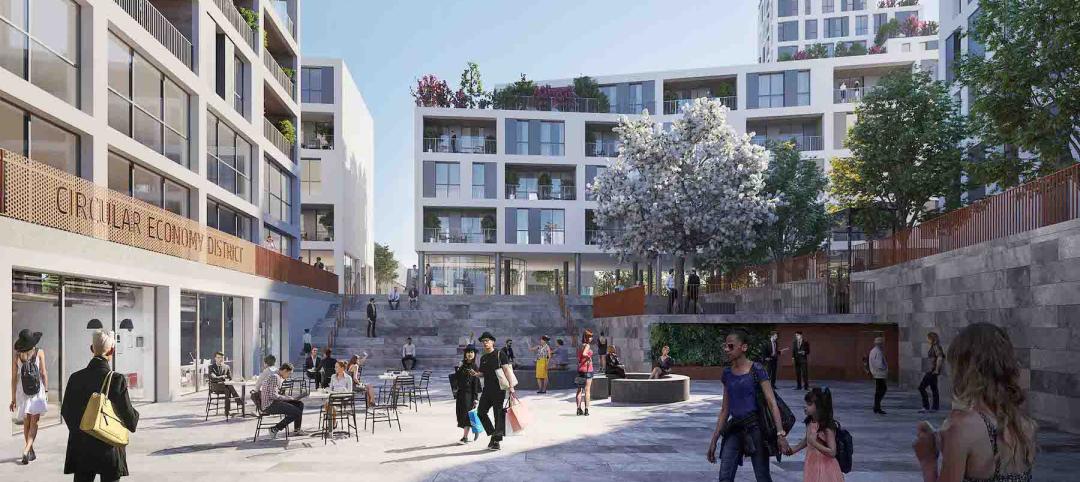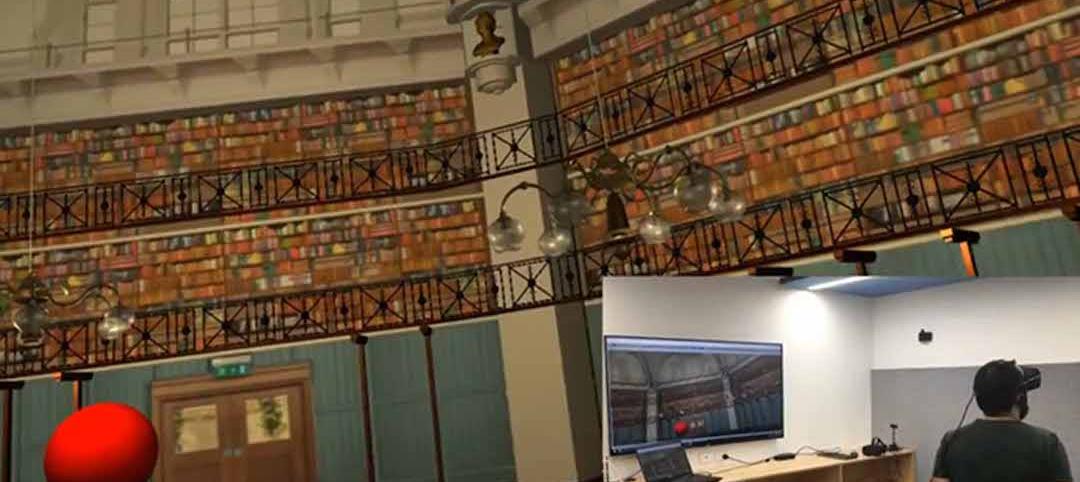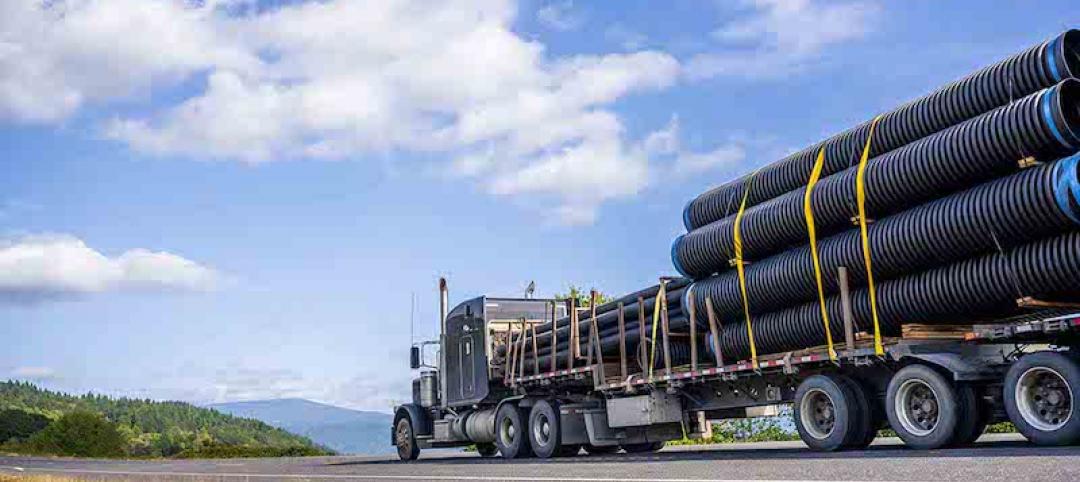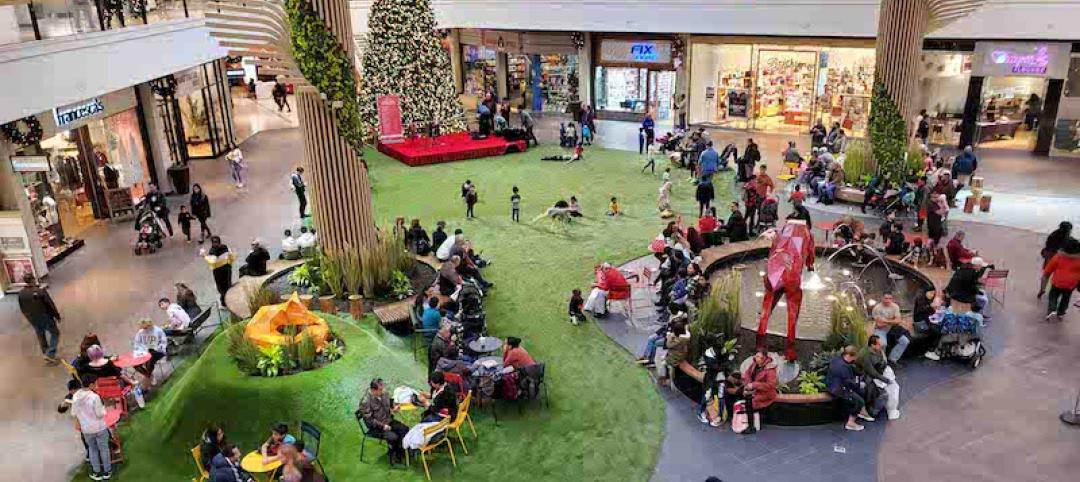Moving inpatients, outpatients, materials and supplies, visitors and staff within acceptable ranges of performance determines the success of high-rise healthcare projects. Addressing vertical transportation, therefore, is a major challenge for a successful high-rise healthcare structure.
The forces of economics have mandated a reduction in elevator shaft size while functionality demands for cab size, performance and ride comfort have increased. Further refinements in automated guided vehicles and increased pneumatic tube system reliability have resulted in more efficient elevatoring.
As numerous super tall buildings continue to be envisioned and built worldwide, research and development in the elevator industry has advanced to address the needs of moving people through vertically oriented structures. These developments in elevatoring translate to healthcare projects very nicely.
Recent developments in elevator systems include destination dispatching, the use of predictive technology in intuitive elevator call systems and various innovations to eliminate the use of counterweights (allowing cabs to be larger). These innovations have not only increased the quality of elevator rides but have sped up the response time and reduced elevator shaft footprint requirements.
Specifically, the new generation of destination dispatching technology allows elevators to be disengaged from the elevator bank concept and individual elevator cab designations. This frees up design options in terms of elevator cab placement, optimizing functionality in a healthcare environment.
Perhaps the coolest technology in elevators is one that has never been widely implemented. In the mid-1990s elevator giant Otis conducted a research project called Odyssey. Otis developed an elevator system that allowed elevator cab occupants to travel both vertically and horizontally within the same cab, with the option to travel vertically again. Sounds futuristic, but Otis invested significantly in research and publicity for this concept (go ahead and Google it or see this Popular Science mention from 1997) even building a “secret” test facility at a major American tourist attraction. The test facility was no “joy ride,” but actually a functioning elevator element in a hotel.

When the construction market slowed in the late ‘90s, Otis put the Odyssey project on hold and switched its focus away from new product development.
One can’t help but think about the prospect of hybrid elevator systems such as Odyssey for the design of vertically oriented healthcare facilities. Floor space could be freed up for healthcare treatment functions, wayfinding from parking garages to outpatient/ambulatory care spaces could be simplified and facilities could offer more flexibility in terms of staff movement. The numerous possibilities are exciting to contemplate. One elevator consultant remarked “They would need to rethink vertical transportation planning metrics.”
Advancements such as Odyssey suggest that future innovation in elevator technology will almost certainly have a significant effect on our designs for high-rise hospitals. The elevator industry can take vertical healthcare to the next level.
About the Author: Douglas J. King, AIA, NCARB, CSI, ACHA, is an instrumental leader in VOA’s Healthcare practice, with a particular emphasis on VOA Federal Healthcare. He is an active and visible voice in his industry, with presentations that span the globe and articles published in Facility Care Magazine and Matrix Magazine, among other publications. More on King.
More from Author
Stantec | Apr 18, 2024
The next destination: Passive design airports
Today, we can design airports that are climate resilient, durable, long-lasting, and healthy for occupants—we can design airports using Passive House standards.
Stantec | Mar 18, 2024
A modular construction solution to the mental healthcare crisis
Maria Ionescu, Senior Medical Planner, Stantec, shares a tested solution for the overburdened emergency department: Modular hub-and-spoke design.
Stantec | Nov 20, 2023
8 strategies for multifamily passive house design projects
Stantec's Brett Lambert, Principal of Architecture and Passive House Certified Consultant, uses the Northland Newton Development project to guide designers with eight tips for designing multifamily passive house projects.
Stantec | Apr 10, 2023
Implementing human-centric design in operations and maintenance facilities
Stantec's Ryan Odell suggests using the human experience to advance OMSF design that puts a focus on wellness and efficiency.
Stantec | Jul 6, 2022
5 approaches to a net zero strategy that communities can start right now
Whether your community has started on a plan or is still considering net zero, now is the time for all of us to start seriously addressing climate change.
Stantec | Feb 14, 2022
5 steps to remake suburbs into green communities where people want to live, work, and play
Stantec's John Bachmann offers proven tactic for retrofitting communities for success in the post-COVID era.
Stantec | Feb 8, 2022
How gaming technology is changing the way we design for acoustics
Adding 3D sound from gaming engines to VR allows designers to represent accurate acoustic conditions to clients during design.
Stantec | Dec 15, 2021
EV is the bridge to transit’s AV revolution—and now is the time to start building it
Thinking holistically about a technology-enabled customer experience will make transit a mode of choice for more people.
Stantec | Sep 3, 2021
Passports to a net-zero carbon future
How materials passports can help designers achieve social value and net-zero carbon.
Stantec | Aug 25, 2021
The mall of the future: Less retail, more content
For the mall to survive, it will need to embrace nontraditional uses and “messy vitality.” Here’s how to do it.





